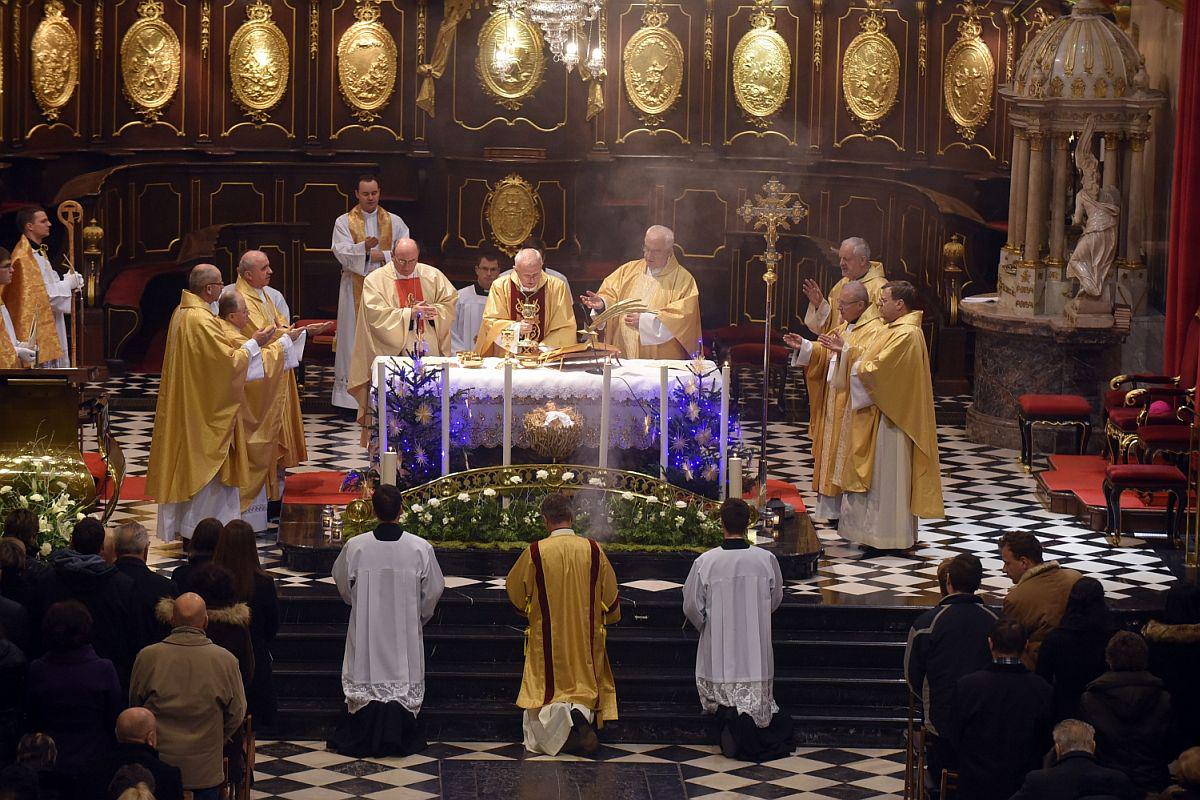
The exact date of birth of Jesus is unknown, but from the middle of the 4th century it has been celebrated on December 25, and a number of customs have evolved, to mention only sprinkling holy water, or burning the Christmas log.
"The log came from a very thick three and it was supposed to burn from Holy Eve to Three Kings' Day, giving additional strength to the weak sun," cultural anthropologist Silvester Gaberšček explained for Radio Slovenija.
The depictions of Christmas scenes were among the most important customs; they were found in the most ancient Christian catacombs. Saint Francis of Assisi is credited with creating of the first Nativity Scenes in the 13th century; thus creating basis for sculpture and painting. "In Slovenia we have a number of lovely scenes depicting Mary as the birthing mother, prevalent in the East, and Mary the nursing mother, which can be seen also in Hrastovlje, Mary with shepherds, and especially Mary and the Three Kings," Gaberšček said.
The lengthening of the day at the end of December has been considered a victory of good against evil already by pre-Christian people. Christianity gave Christmas a new, symbolic meaning. "Christianity is about the arrival of God among people, God's identification with men. By assuming human form God gives us the chance to set our lives anew," Gaberšček continued.
All Christians celebrate Christmas on December 25, yet not all on the same day. Orthodox worshippers who follow the Julian Calendar, which differs from ours by 13 days, will celebrate Christmas on January 7.

































































